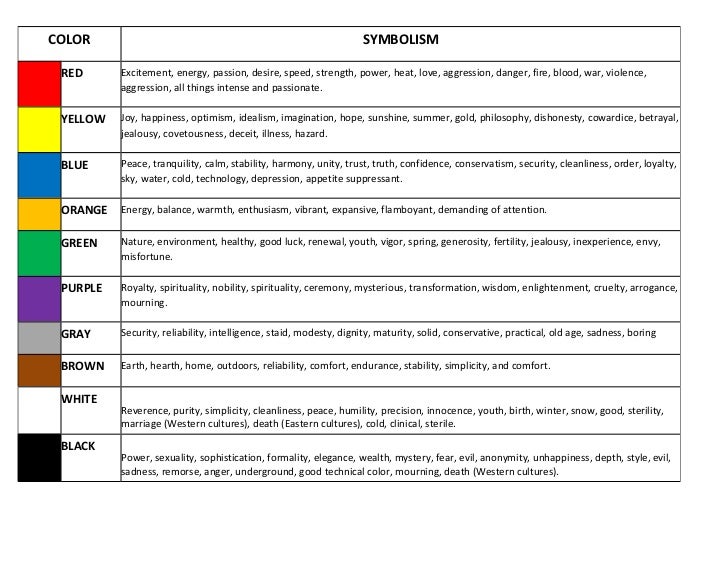- The Setting
- The Costume and Makeup
- The use of figure, expression and movement by actors
- The Lighting
- The Positioning within the frame
THE STYLE SCALE:
Formalism & expressionism
- Form over content: how things are shown is most important, and beyond a usual representation of reality. Expressionist films are highly stylise, and are characterised by oblique camera angles, distorted shapes, bizarre setting, high contrast lighting and surreal and subjective.
- Realism
- Content over form: looks like real life- the intent is to make up forget it is a representation. This is the dominant style of most films, and is sometimes referred to as "the style of no style"
SETTING:
Setting gives a sense of place and time.Whatever the film is, you should always anaylse the set, because it provides important clues about the nature of the film, such as:
- Where the action takes place
- When the action takes place
- The mood
- The characters
- The genre of the film
COSTUME AND MAKEUP:
Costume and makeup can be considered as part of the set, because they indicate:
- The period
- The state of society
- Social class
- Cultural backgrounds
- Character traits
Changes in costume indicte changes in character, for example:
- Rich to poor
- Taking off clothes as lowering defences
- Clothing may also be a trademark
FIGURE, EXPRESSION AND MOVEMENT:
- Body language
- Appearance
- Facial Expression (very significant in close ups)
- Sound elements
- The way a character stands and moves is important
- If they are in the foreground, they may be considered to be more important
- If they move against a stationary background, attention is drawn to them
- Even distribution of characters makes for a balanced shot, whereas uneven distribution is unsettling to the eye
- Positioning of characters within the frame may even indicate emotional distance
STUDENT NOTE: Questions to use when analysing-
- Dominant- where is our eye attracted to first? Why?
 - Lighting Key- is the lighting high or low key? High contrast? A combination?
- Lighting Key- is the lighting high or low key? High contrast? A combination?- Shot and camera proxemics- what type of shot is it? Camera distance?
- Angle- low? High? Oblique? Neutral?
- Colour values- what colours/hues are dominant? What is the colour symbolism?
- Lens/filter/stock- are these used to distort or comment on the scene?
- Subsidiary contrasts- what are the main eye-stops after the dominant?
- Density- how much visual information is there? What is the texture?
- Composition- how is the screen space segmented and organised?
- Form- Open or closed? Window view or proscenium arch?
- Framing- Tight or loose? Do the characters have room to move?
- Depth- how many planes of depth are utilised? How do they interrelate?
- Staging positions- How are they positioned in relation to each other?
No comments:
Post a Comment